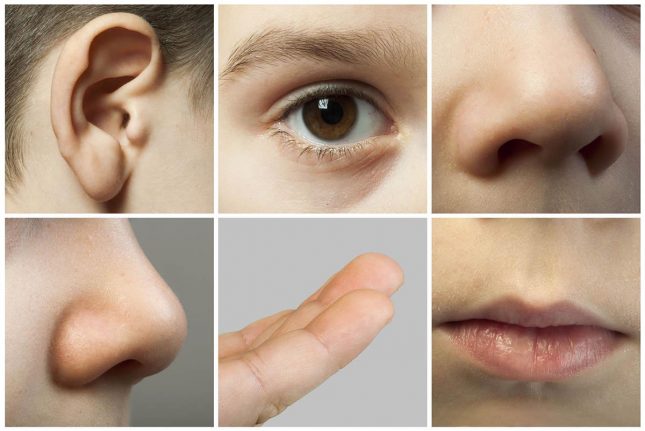Sometimes children’s behaviour can be totally perplexing. Do you find yourself asking questions like: ‘What IS her problem with getting her face wet – can’t we just have one bath time without the hysterics?, or ‘Why does every visit to the mall end with an almighty meltdown?’ Some of these questions may also be familiar:
- Why does he freak out when one drop of water gets on his trousers?
- Why can’t he just ever sit still and keep his hands to himself? Why is he always right in my face or other people’s faces?
- Why is she so fussy about clothes – everything seems too ‘ouchy’ to wear?
- Why is he still putting everything in his mouth – he is far too old for this?
- Why is she so scared of vacuum cleaners – for once I would like vacuum without her losing the plot?
- Why does he seem so lost in his own world for so much of the day – it’s really hard to get him interested in things?
You could feel that your child is being ‘dramatic’, ‘naughty’, or in the last case ‘day-dreamy’. But if you are regularly asking questions like these, your child could have a sensory issue. Sensory issues are caused when the brain has difficulty organising and responding to information coming from the senses. These senses include the five familiar ones: taste, touch, sight, smell and hearing, as well as two internal body senses.
Sensory issues can vary in severity ranging from a minor annoyance in daily life (disliking clothing that feels itchy), to a severely disruptive issue (difficulty with noisy environments like the mall). Some children may only have issues with one or two of the body’s senses, while others may experience multiple issues. Professional treatment can be sought if sensory issues are significantly interfering with daily life.
Parents can help children experiencing sensory issues by using a series of basic strategies, see ‘Helping Kids with Sensory Issues’. Professional treatment can be sought if sensory issues are significantly interfering with daily life.
What are sensory issues?
Information from the world around is fed to the brain via the five external senses, while internal sensory information is provided through the proprioceptive and vestibular systems. The proprioceptive system is the ‘body awareness’ system which provides the brain with information on the body’s position in space, as well as how far to reach for items and how much pressure is required for an activity. The vestibular system gives information on how the body is moving, balance and coordination. Children with vestibular and proprioceptive issues may appear clumsy and uncoordinated, or have poor posture.
What happens for children with sensory issues?
In some people, sensory issues occur when the brain receives too much information and can’t deal with it. This over-stimulation often causes people to avoid certain activities that they find ‘too much’, such as getting their face wet or being around noisy vacuum cleaners. Over-stimulation can also cause meltdowns in some children when they become overwhelmed by sensations (for example in noisy, busy, bright environments like malls). In extreme cases children can go into a state of ‘shut down’ when the brain can no longer handle sensory information, and the child appears quiet and withdrawn.
In other people with sensory issues, the brain does not receive enough information so they seek out more. These people can seem to be in constant motion; touching, getting in other people’s faces, chewing, sucking and fidgeting. They appear to be in overdrive much of the time.
For yet others a lack of sensory information can make them appear unresponsive or lost in their own world. It can be difficult to tell if a person is under-stimulated or in ‘shut down’ mode. Occupational therapists can help determine what is going on with your child if you are unsure.
People whose lives are extremely disrupted by sensory issues may be described as having sensory processing difficulties, also known as a sensory integration disorder. Sensory processing difficulties is a group of symptoms which can be associated with development disability (eg. Autism, Cerebral Palsy), a mental health problem (ADHD, anxiety disorder) or a medical condition (Fragile X syndrome or other chromosomal anomalies). However, a person can have sensory processing difficulties without any other complicating factors.
Getting help for sensory issues
Some children will grow out of sensory issues as they mature, while others will need to learn strategies to deal with what will be life-long issues. Initially children will need help to learn these sensory strategies from either parents or health professionals. See ‘Helping Kids with Sensory Issues’ for a summary of some of these strategies.
Parents who want professional help with their child’s sensory issues should visit their GP as a first step. The GP will then be able to refer directly to a child development service, a paediatrician or mental health service as appropriate.
For more information on sensory issues see:
The Out-of-Sync Child by Carol Stock Kranowitz
This article is based on information from the course ‘Solving Sensory Issues’ provided by Hutt Valley DHB’s Child Development Team.







